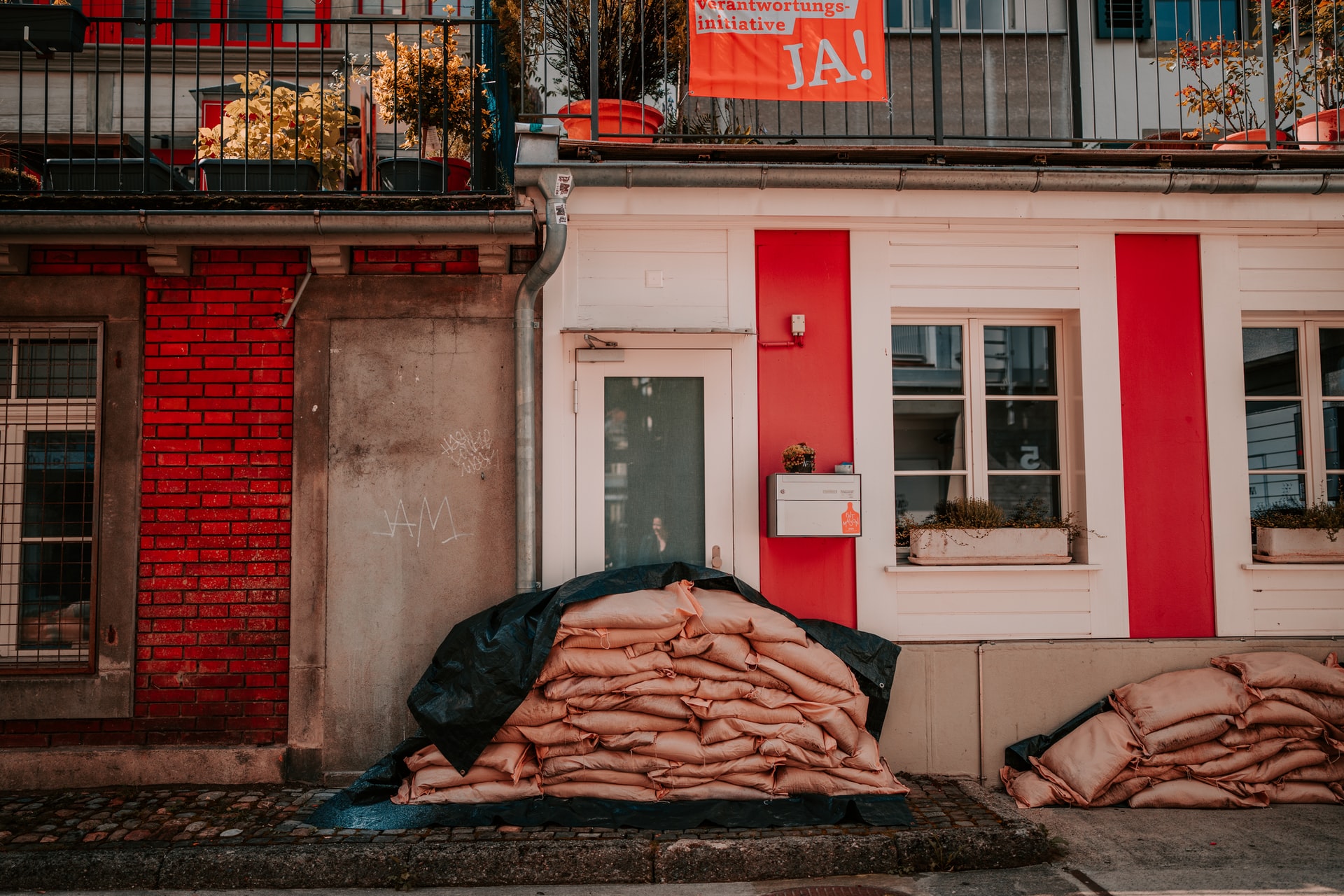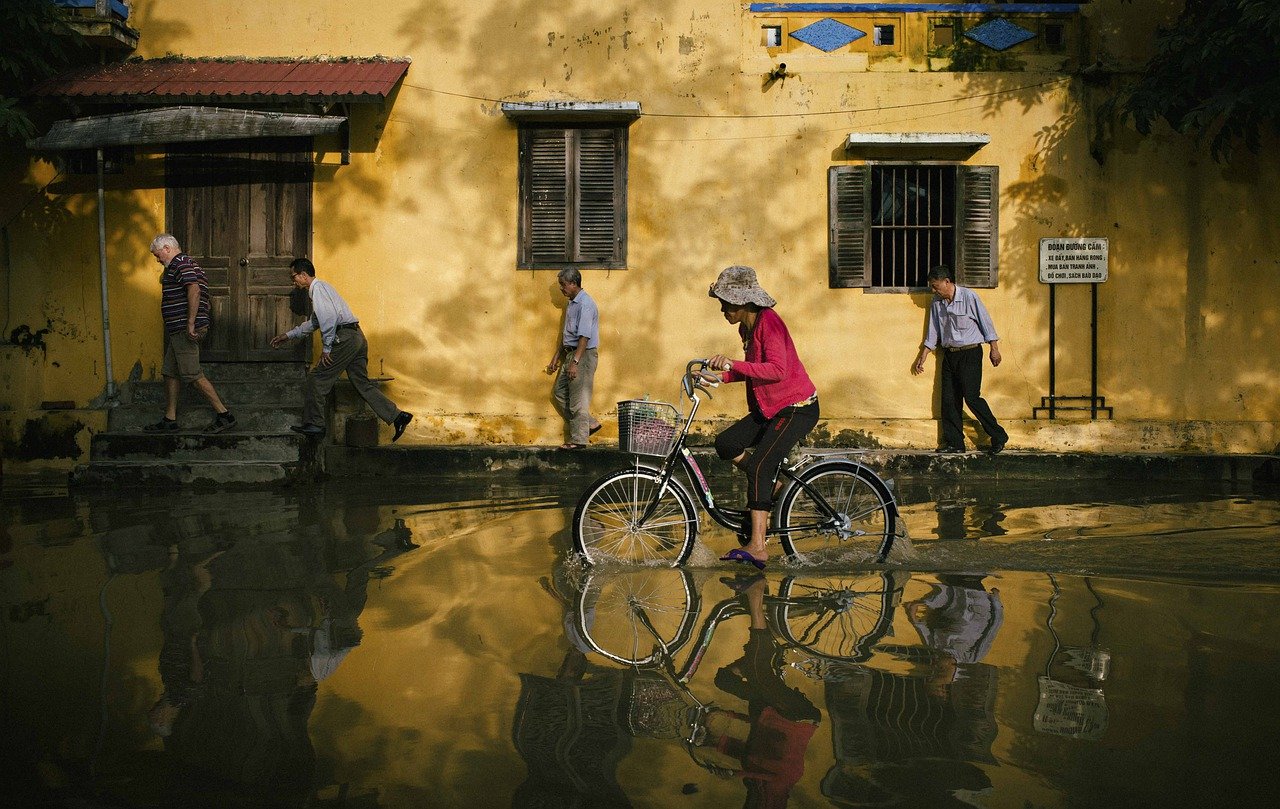
Flash Flood: What to do before, during and after storm flooding
By: 911 Water Damage Experts
Being prepared for a flash flood isn’t something we often think about.
But knowing what to do during a flash flood is something we take seriously. According to the National Centers for Environmental Information (NOAA) in 2021, “there have been 8 weather/climate disaster events with losses exceeding $1 billion each to affect the United States. Overall, these events resulted in the deaths of 331 people and had significant economic effects on the areas impacted.”
So if you don’t know what to do before, during and after a flash flood, we provide a clear checklist that you can use.
Before
Source: Unsplash
- Monitor your local weather channel, radios, and the NOAA site.
- Be aware of your surroundings.
- If you are issued a flash flood warning in your area do the following:
- Avoid low areas subject to flooding.
- Do not drive during a flood.
Compile disaster supplies:
- Filtered drinking water.
- Dry canned goods or food that doesn’t require cooking.
- Cash.
- Medications and first aid supplies.
- Clothing and toiletries.
- Battery-powered radio.
- Flashlights.
- Extra batteries.
- Important documents: bank account numbers, license/passport, health insurance cards
Evacuate:
- Identify places and locations for refuge.
- Identify alternative travel routes that are not susceptible to flooding.
- If you have any pets, find a safe place for them.
- Fill your vehicle’s gas tank.
- If told to leave, do so immediately.
Evaluate your family disaster plan:
- Discuss flood plans with your family.
- Decide on a meeting spot if separated.
- Designate a contact person who can be reached if family members get separated. Be certain each family member has the contact information.
Protect your home:
- Store valuables and move furniture to higher levels.
- Move all hazardous materials to higher areas.
- Disconnect electrical appliances. Never touch them if you are wet or standing in water.
- Bring outside possessions indoors or keep them secure. Examples include lawn furniture, garbage cans, and other movable objects.
- Set the seal on all vents to basements which will prevent flooding.
During
Source: Unsplash
Do not travel but if you must:
- Double check to make sure your vehicle has enough gas.
- Follow recommended routes.
- Avoid disaster areas.
- Watch for washed out roads, landslides, and fallen trees or power lines.
- Practice caution at night because it’s difficult to spot flood dangers.
- Abandon your vehicle if it breaks down. You don’t want to get caught inside.
- If water rises around your car, leave the vehicle immediately. Search for higher ground as soon as possible.
- Under no circumstances should you drive through flooded roadways. If you are caught in flooded roadways stop and turn around.
- Vehicles can be swept away by less than 2 feet of water. That’s not a lot!
- Get out of low areas that may be subject to flooding.
- Avoid flooded areas and do not attempt to cross flowing water.
- Avoid power lines and electrical wires.
Act swifty, put yourself first:
- Move to a safe area before access is cut off by rising water.
- Carpool to avoid getting separated and reduce traffic jams.
- Shut off water, gas, and electrical services before leaving.
- Secure your home: lock all doors and windows.
- Never attempt to walk or swim through flowing water. It’s not safe and water can move quickly.
Stop where you are if the water is above your ankles, it’s best to turn around:
- If it is moving swiftly, water 6 inches deep can knock you down no matter how strong you are.
- It’s happened before – people have been swept away wading through flood waters.
- Don’t allow children in water no matter how shallow it is.
- Turn off electronic devices such as a cell phone if you are carrying it.
If someone falls in or is trapped in flood water do the following:
- Call 911 and alert them of the victim.
- Never go after the victim. Try and wait for professional help.
- While waiting for 911, help the victim out of the water by using a spare tire, rope, or other flotation device if there are some in sight.
After
Never return home until it’s safe:
- Do not return to flooded areas until authorities indicate it is safe to do so.
- Do not visit disaster areas following a flood.
- Travel with awareness.
Follow recommended routes:
- Avoid unnecessary travel.
- Watch for washed out roads, earth slides, and fallen trees or power lines.
- Stay away from broken power lines.
Never enter a building if it is still flooded or surrounded by floodwater. If you must enter a building there are additional steps to take:
- Check for structural damage. Inspect foundations for cracks or other damage.
- Turn off any outside gas lines at the meter tank.
- Do not enter a building that has flooded until local building officials have inspected it for safety.
- One of the most common injuries following a disaster is cut feet – wear sturdy shoes! No flip flops or sandals.
- Only use battery-powered lighting. It is possible that flammable material is in the area.
- Look for fire hazards including: damaged gas lines, flooded electrical circuits, or submerged furnaces.
- Observe potential gas leaks. Open a window if you smell gas or hear a hissing noiseIf you smell gas or hear a blowing or hissing noise. If you can turn off the gas and call the gas company.
Report broken utility lines to authorities:
- Check for sparks, broken or frayed wires, or the smell of burning insulation.
- Turn off the electricity at the main circuit breaker if you can reach it without stepping in water.
- Examine walls, floors, doors, windows, and ceilings for risk of collapsing.
- Watch for wild and domestic animals that could have entered with the floodwaters.
- Let building air out to remove foul odors or escaping gas.
- Document pictures of the damage for insurance claims.
Seek professional help:
- Obtain all necessary medical care. It’s crucial not to ignore minor wounds or illness.
- Reach out to the American Red Cross for food, shelter, and clothing.
- Gas must be turned on by a professional.
- An electrician can check the electrical system and appliances.
- Water must be tested for purity before drinking, and wells pumped out.
Your home is not safe:
- Boil drinking water for 10 minutes if it seems questionable.
- Don’t let children play in floodwater.
- Keep windows and doors open for ventilation.
- In order to avoid structural damage, pump out flooded basements gradually. It is recommended that removing about 1/3 of the water volume each day will help.
- Keep the power off until an electrician has inspected the system for safety. All electrical equipment should be checked and dried before being returned to service.
- Clean and disinfect everything that got wet.
- Service damaged sewage systems as soon as possible.
- When making repairs, protect your property from future flood damage.
Follow local building codes:
- Use flood-resistant materials and techniques.
- Elevate electrical components above the potential flood height.
- Assess utilities such as washer, dryer, furnace, and water heater above the level of possible flooding. There could be additional damage.
- Consider elevation of the entire structure.
- Install a backflow valve in the sewer system which prevents the water in your main water supply lines from flowing in a reverse direction.
If you have any questions about storm damage restoration or emergency flood water removal feel free to call us at 1-833-WE-DRY-IT any time 24/7/365 all the time. We’re there when you need us!
Related Posts
Restaurant flooded? Here’s how to deal with a restaurant flooding
What’s causing mould in your home? Here are the top reasons why
How to prevent mould growth after a flood
A pipe burst in my business building – what do I do?
What to do when a water pipe bursts in your apartment
Hire the right mould removal company by asking these vital questions
15 interesting facts about mould
What causes mould damage and what you can do about it
Top common signs of water damage: here’s what to look for




